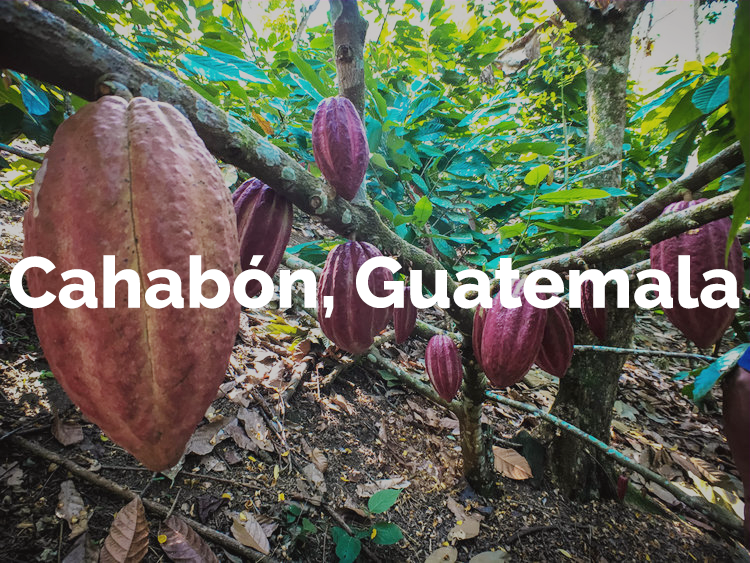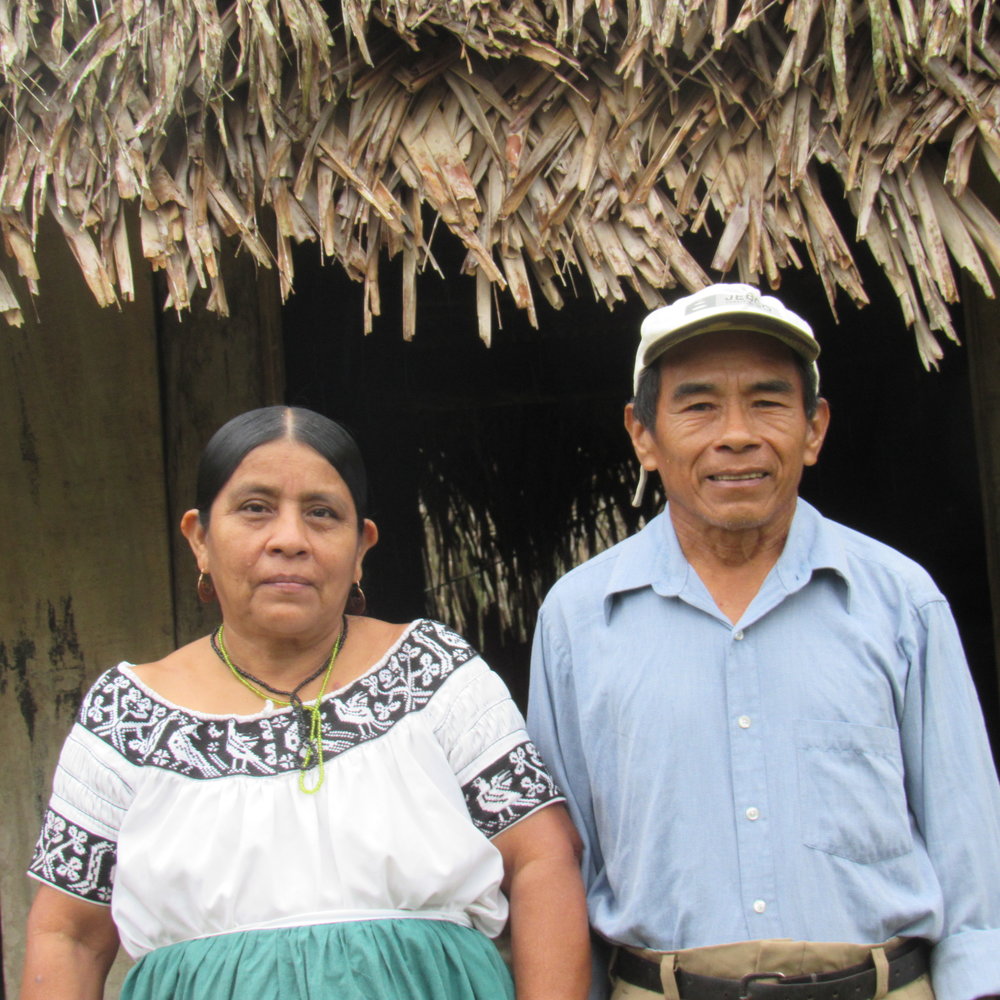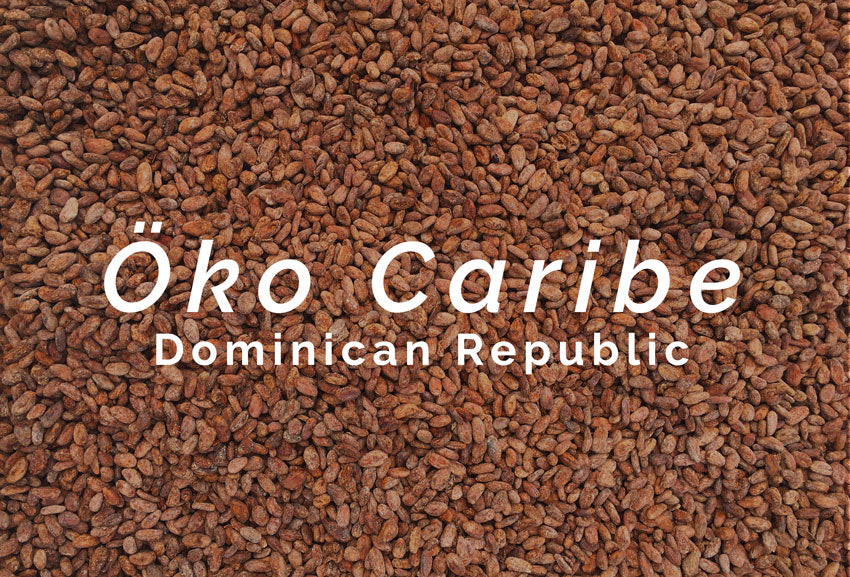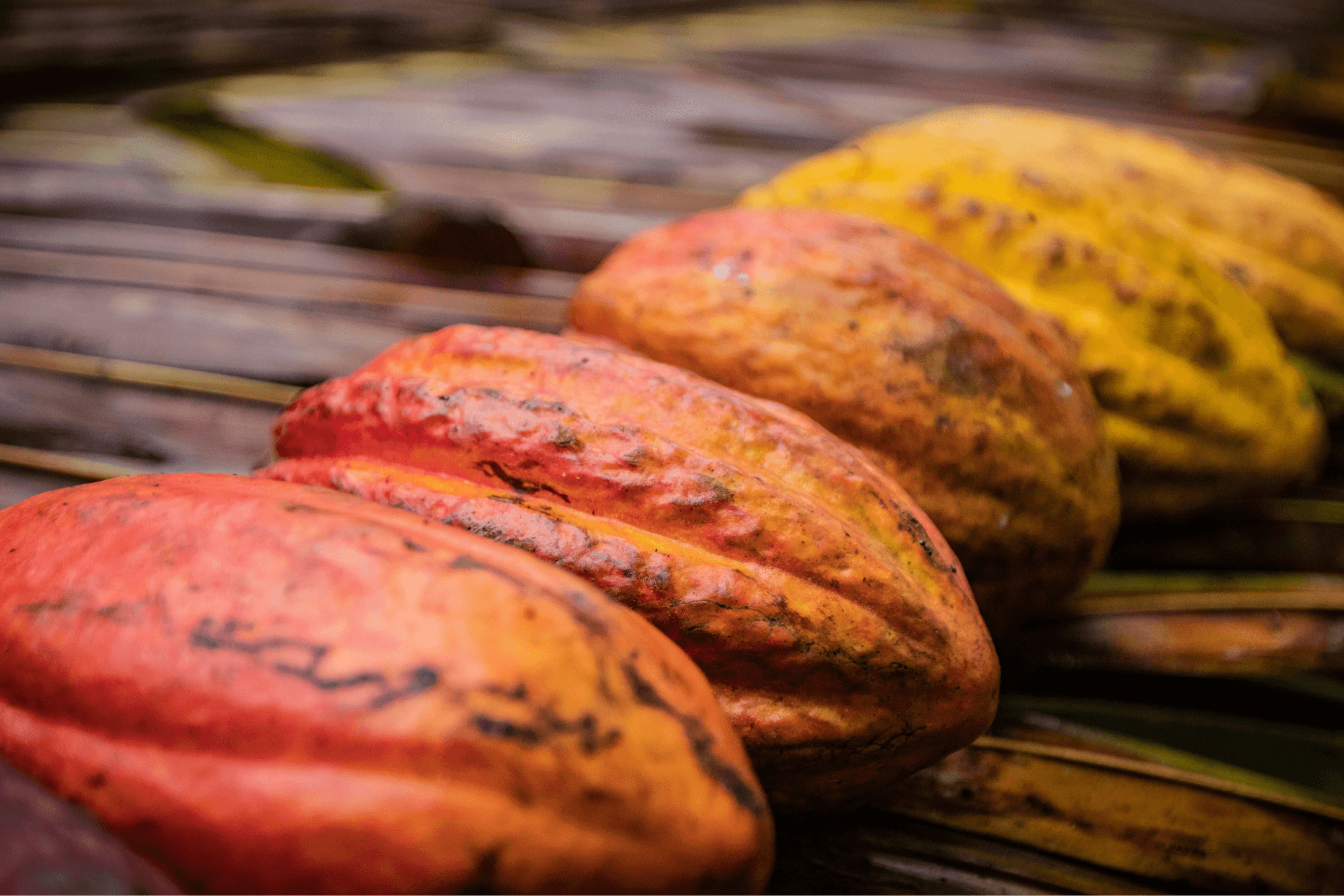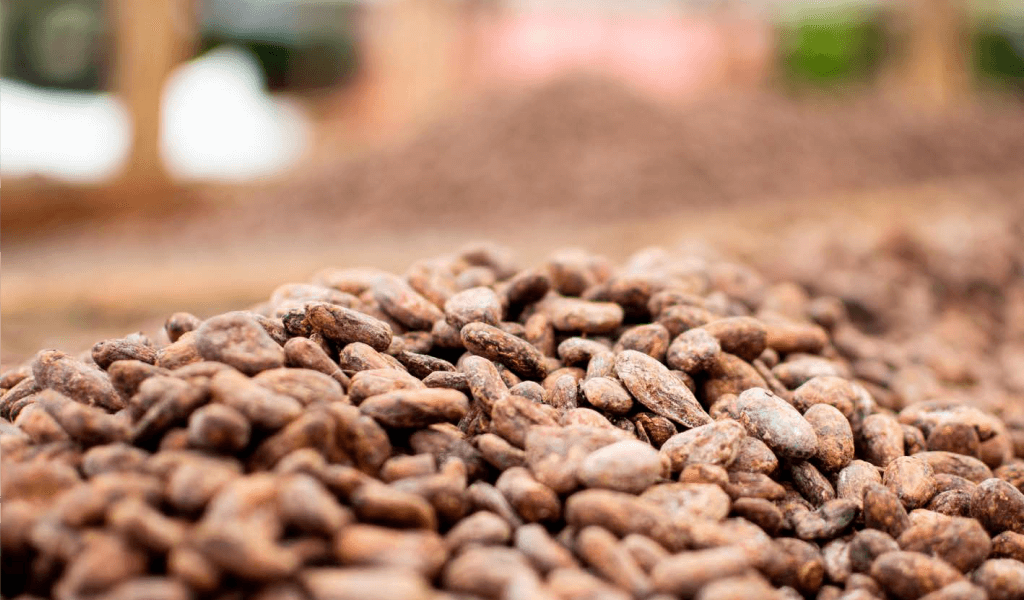Off the beaten path, in the Oana Itzam Mountains of Guatemala, works a group of 43 smallholder cacao farmers that have taken the specialty cacao industry by quality storm. This association is ADIOESMAC, also known as Cahabón, for the name of the nearest town, 20 kilometers away.
When you arrive at the centralized fermentation and processing center for ADIOESMAC, you feel like you’re on the crest of a mountain, as the road runs along the mountain ridgeline. Off to the right and left, down the mountainside, cacao farms have been planted, and when farmers harvest their beans, they walk them uphill and along the road to reach the centralized facility. Their facility is built on land that was originally designated as a cacao drying platform back in the early 2000’s, when Scharffen Berger Chocolate, with the help of an archaeologist, discovered the group’s high-quality cacao. After the association’s first export to Scharffen Berger, the company was acquired by Hershey’s and never returned to buy more cacao.
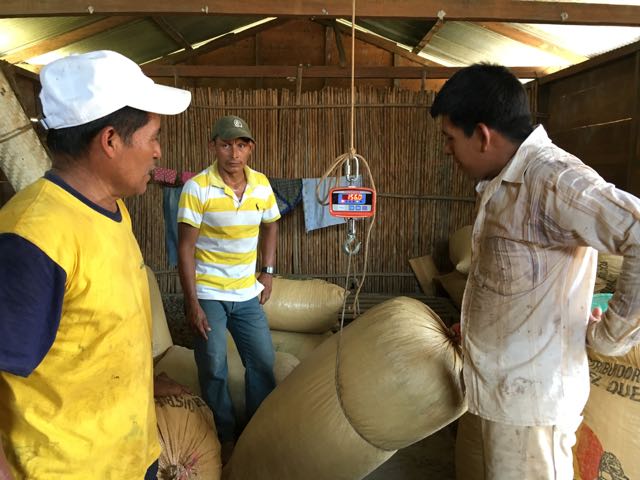

Farmers have put incredible hard work into their farms and facility over the past several years after Cacao Verapaz opened up international markets again for the group. First, each farmer maintains his or her own plot of cacao – which on average is about 1 hectare per farmer. As part of best agricultural practices, many of these farmers planted their trees 1.5 meters apart, instead of 1 meter apart, because they’re planted on such steep grades. The distance between the trees allows farmers to better prune and mulch their trees, something they’ve learned by experience.
The association has established a clonal garden close to the fermentary. The farmers have identified ten specific varietals as “super” clones – a selection of local trees that have high productivity, disease resistance, and local adaptation. They are creating the clonal garden to allow farmers to graft these types of cacaos onto their farms, leading to more resilient trees with higher cacao yields. Cacao Verapaz will be working with the association to evaluate sensory quality and flavor profiles of these selected clones.


Interestingly, the most common genetic varietal in the area is a UF clone – this is a cacao that yields larger than average “potato-sized” beans, with a count of about 60 beans per 100 grams (Uncommon Cacao’s average is 85 beans per 100 grams). Farmers have been dedicated to maintaining these trees because they love the flavor of the chocolate it produces, which they consume daily as a drink, and because the trees show high yields and disease resilience.
Cacao Verapaz, Uncommon Cacao in Guatemala, buys all of the ADIOESMAC cacao that meets our physical and sensorial evaluation standards. These UF beans are instrumental in meeting those standards. We look for a fermentation rate of above 75%, humidity level below 7.5%, zero internal mold, and no debris, cracked beans, or external mold. In addition, we depend on ADIOESMAC to yield a cocoa, chocolate cookie flavor – a flavor that’s pretty unique for Guatemalan cacao.

We were fortunate to visit the ADIOESMAC facility last month, during peak harvest, to see how the farms are looking and how processing is going. We saw that farmers have been maintaining their plots very carefully – there is very little presence of monilia or black pod. This is partially due to the carefully selected genetics, and mostly due to farmers’ careful attention to their plots, meticulously pruning their trees and managing shade. Cacao Verapaz has hired a quality manager within the ADIOESMAC association, who is responsible for overseeing the best agricultural practices at the farm level and the fermentation and drying processes at the facility. This manager works closely with the Cacao Verapaz quality manager, Roy Fraatz, to ensure consistent quality and accurate traceability for all cacao produced by the association.
This was essential this year in particular due to the late harvest. There were unusually heavy rains for much longer than is typically seen at this time of year. As a result, a lot of Central American and the Caribbean have been seeing more disease – mostly fungus – that commonly are caused by heavy rain. This has been a huge concern for farmers in the Uncommon Cacao network. With the help and encouragement of the Cacao Verapaz team, and the association quality manager, farmers were able to manage their farms and yields have been as expected. The first sample we tried from ADIOESMAC this harvest season was just as expected – 60 beans per 100 grams, 76% well fermented beans, and a cocoa, chocolate cookie flavor.


Order Cahabón Samples
